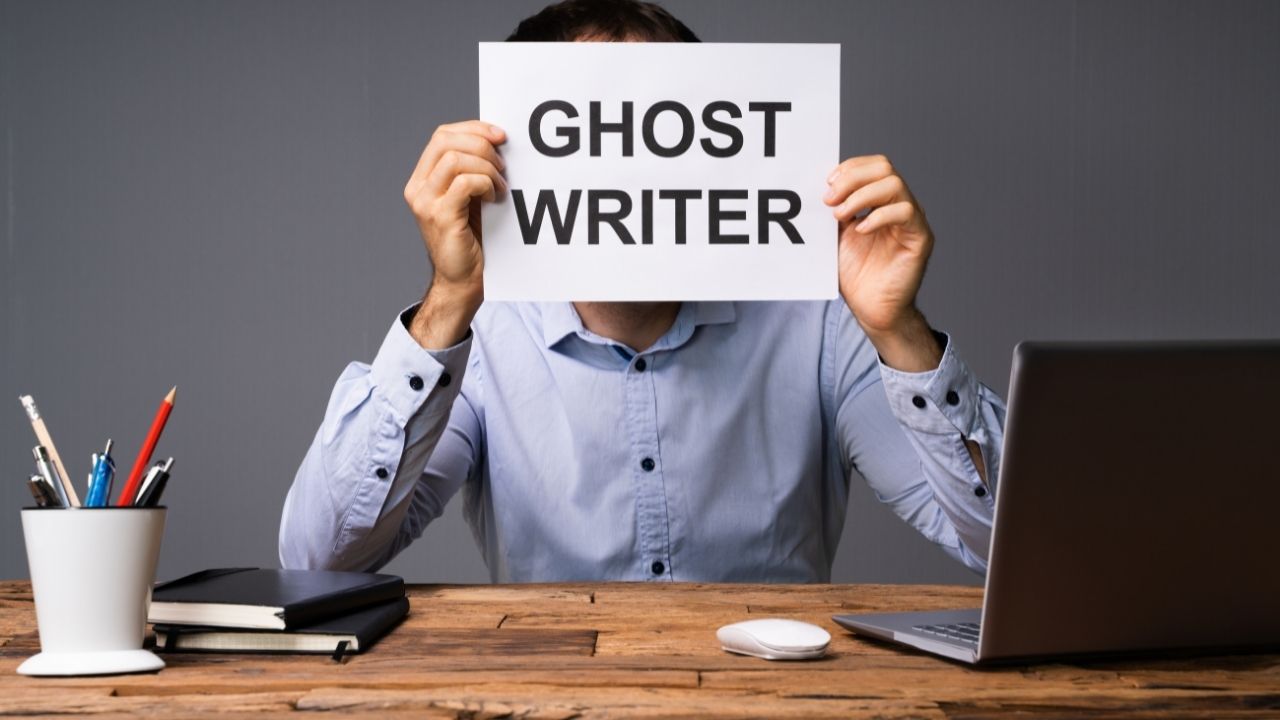Humor is the biggest element used for escaping reality. At times when life is giving lemons, people use humor to enjoy no matter what is going on. Whether it’s sarcasm, a dark joke, a witty joke, or a naughty joke, humor is always there to cheer us up.
The reason is simple, whenever human beings feel low, they try to find peace in the digital world. Take an example, you are feeling bored and you search for Funny videos, very funny videos, laughing videos, funny movies, comedy clips, comedy movies, and often read comedy books. All of these are the popular keywords used by millions of users online daily.
So, let’s explore humor and all its types in literature.
13 Types of Humor You Should Know:
- Satire: Satire uses humor, irony, or exaggeration to criticize and ridicule individuals, institutions, or society as a whole. It often aims to provoke change or highlight social injustices through comedic means. It is based on current events and trends and the humor adds a reality check.
- Parody: Parody imitates the style or characteristics of a specific work, genre, or author humorously or exaggeratedly. It often involves playful mockery and satire.
- Irony: Irony involves saying one thing while meaning another, often for humorous effect. It can include situational irony (when the outcome is the opposite of what is expected), verbal irony (when words express the opposite of their literal meaning), or dramatic irony (when the audience knows something the characters do not).
- Wordplay: Wordplay involves clever or humorous manipulation of language, such as puns, double entendres, homophones, or witty turns of phrase.
- Absurdity: Absurdist humor relies on irrational or nonsensical situations, characters, or events to create laughter. It often challenges conventional logic and expectations, embracing the absurdity of life. Many absurd plays and short stories have been written by humor writers for hire that can be read online to get a better idea of what absurdity actually is.
- Sarcasm: Sarcasm involves using cutting or ironic remarks to mock or convey contempt. It relies on tone and context to communicate humor, often with an element of wit or cleverness.
- Deadpan: As the name suggests, the humor is considered to be dead or dry. The figure of speech is blunt, sarcastic, and ironic. The readers who get it get it.
- Slapstick: This type of humor is often brainless and evoked through appearances and actions instead of dialogues. It can be someone farting or giving facial expressions.
- Insult: Now this may be taken as some serious form of humor, but it actually exists. The humor here is used to make fun of people by adding a hint of humor to make the conversation a little bearable for the person who is being insulted. This is widely added in scripts written for funny shows and events.
- Self-deprecating: This is not something new as stand-up comedy is the most popular globally. This is done by putting one down to make others laugh. A moment of laughter at the expense of one’s own self.
- Dark Humor: The most controversial type of all. Dark humor is not for kids, you have to have a big level of comprehension of humor to understand and laugh at dark humor. It is sick, aggressive, harsh, and often offensive. Even death can be taken as a joke, that is how dark humor makes things dark.
- Impromptu: A sudden type of humor that is not intentional nor scripted but comes naturally from a mouth. It’s a quick wit and not everybody is blessed with such wit.
- Double-meaning: This type of humor involves naughty and 18+ jokes. The conversation takes a shift and the meaning becomes double. This type of humor is only fun to share when you have a like-minded person who enjoys double meaning as much as you.
Conclusion
So, that is it, these were all the types of humor that were used by intellectuals to add fun to the conversation and scripts.

